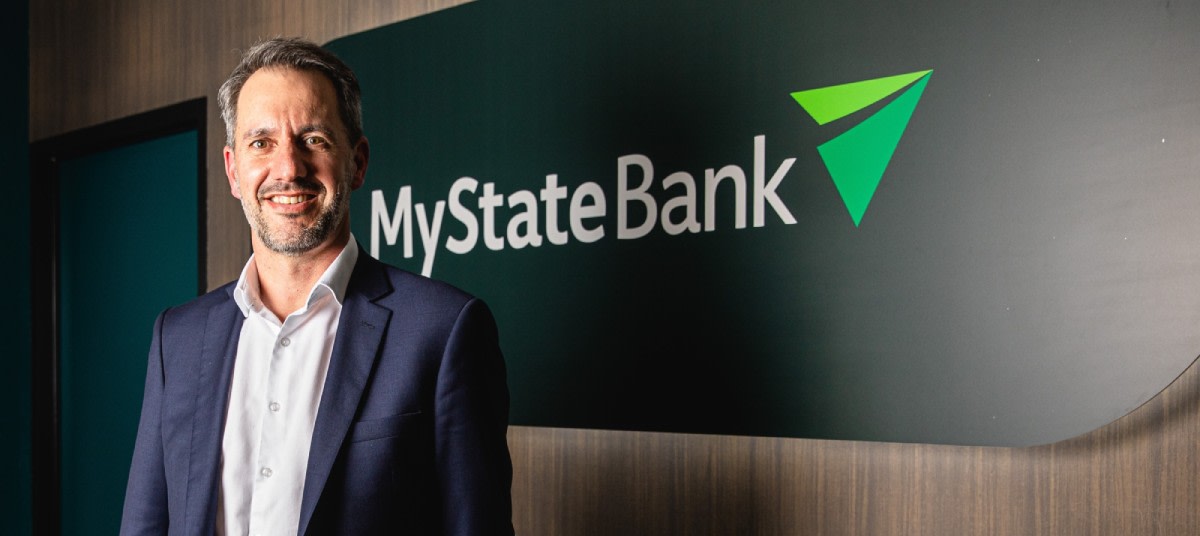
The third-party channel helped deliver record home loan settlements for the Tasmanian-based lender in 1H23, its financial results show.
MyState Limited has released its financial results for the six months ended 31 December 2022, revealing it delivered a record first-half profit and record settlements for a six-month period.
The results, released on Thursday (23 February), showed that the lender’s home loan portfolio grew to $7.6 billion, up 10.5 per cent on June 2022.
It settled a record volume for the half; $1.57 billion, up 6 per cent on the prior comparative period.
Speaking to The Adviser, MyState's chief executive Brett Morgan said that brokers were “the backbone” of the bank’s distribution of mortgages, flagging that the share of mortgages originated by brokers had been growing in the past two years.
Mr Morgan revealed that 81 per cent of the bank’s loan book was broker-originated as at December 2022, up from 73 per cent 18 months earlier (in June 2021).
In that time, the broker book increased more than 50 per cent and is now over $6 billion.
According to the CEO, a sizeable portion of its growth came from the eastern seaboard.
Indeed, 20.4 per cent of its loans were to borrowers in Queensland, 20.8 per cent were to NSW borrowers, 21.5 per cent were to Victorian borrowers, and nearly a third (32.5 per cent) were to borrowers in its home state of Tasmania.
Mr Morgan commented: “On the eastern seaboard, we only partner with brokers; we have no direct distribution and no channel conflict. So particularly on the eastern seaboard, it’s absolutely at the heart of our business to be partnering with brokers and we’ve increased significantly our broker distribution team on the eastern seaboard and it remains our complete focus to partner with brokers to grow our book.”
The CEO noted that “consumers are choosing brokers en masse because brokers deliver great service to customers and provide them choice. And for us, if customers are choosing brokers then that’s exactly who we want to partner with into the future.”
“We just consistently offer good, simple [products], a strong service proposition and brokers can continue to talk to our assessors about deals. So, really, the human way to deal with brokers, and, delivering good service; we’ve increased our BDM network, to focus on working with brokers,” Mr Morgan said.
“One of our challenges is we weren’t well known [on the mainland] and so increasing our distribution team means, we can have more constructive conversations and show our value proposition and prove that when brokers choose us or put a loan to us that we can deliver a quick decision and a consistent decision.”
According to the bank CEO, a key part of its growth strategy towards 2025 will be to focus on the Melbourne market.
“We’ve invested a little bit of marketing dollars into brand building, but also it’s where our biggest distribution or BDM team is on the broker side. And so over the past 18 months, our Victorian book has increased by 69 per cent. So it’s been a real, clear focus for us to invest on the mainland with brokers to grow out to grow our home lending business,” Mr Morgan said
However, the lender noted that home loan growth had begun to slow towards the end of the year, as rising rates began to bite. Moreover, the proportion of loans in arrears (both 30 days and 90+ days) had increased in the half but were still “below industry average” at 0.62 per cent and 0.26 per cent, respectively.
The average loan-to-value ratio as at 31 December 2022 was 56.8 per cent.
Seventy-eight per cent of its book was for owner-occupier loans, with the variable rate lending accounting for 99 per cent of its new loans (reflective of the “rising rate environment”).
Over the half, MyState also revealed that its customer deposits were up 13.5 per cent to $6.3 billion in the half, while new-to-bank customers were up 54 per cent on the prior corresponding period (pcp).
 Login
Login











JOIN THE DISCUSSION